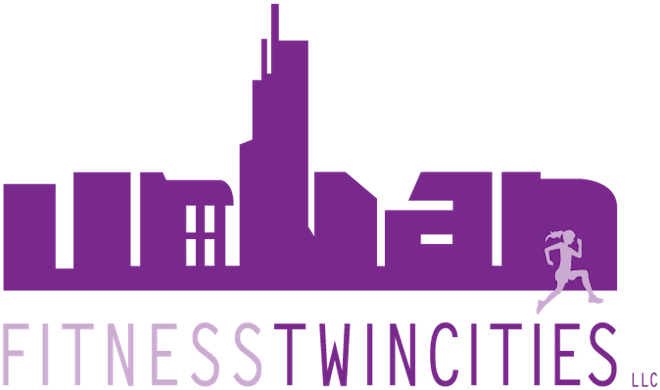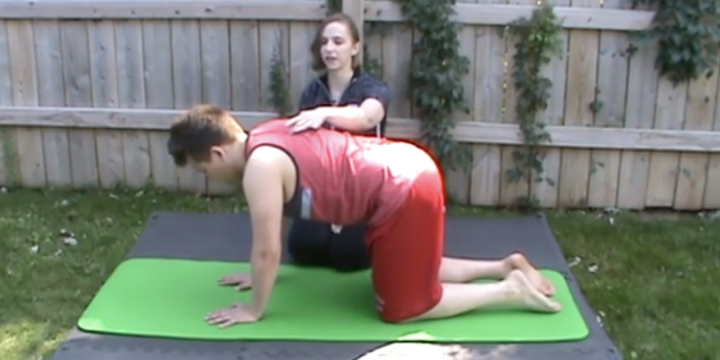Decrease shoulder pain through increased shoulder mobility!
Immobility can create a great deal of pain, especially in the shoulder. This exercise helps improve your shoulder blade mobility, which can help decrease neck and shoulder pain. It can also help with upper back pain through the stretching of the back muscles between the shoulder blades.
The difficult part of the exercise is isolating the movement of the shoulder blades from your mid- and low-back and elbows. It is extremely important that the shoulder blades moving creates the movement of the exercise, not the spine or elbows moving. Once you find that isolation, which can take some practice, it should feel good on your shoulders!
Here are some key points to remember:
- Keep your mid- or low-back straight and still. All the movement should be in your shoulder blades, not in the mid- or low-back. Be extra careful you don’t round in the mid back as you press to the ceiling. The stretch should be in the very upper back, between the shoulder blades.
- Keep your head in line with your spine as you move. This is especially important as your pull your shoulder blades away from your spine and press your sternum towards the ceiling. Don’t let your chin fall and not come back up again.
- Keep your elbows straight and inside of the elbows facing each other.
- Shoulders stay down away from your ears.
- Sometimes, one shoulder blade will move more easily than another. If this is the case, try and move them equally to allow the tighter shoulder to “catch up” with the loser shoulder over time and practice. You may even find one shoulder moves better one way and the other shoulder moves better the other way. Continue to focus on whatever shoulder is tighter in that direction.
- Hold your abs to help keep your lower spine stable and still. If your low back starts hurting, you aren’t holding your low abs in.
Doing this exercise on your hands and knees is often the best way to learn control. However, once you know the feeling and can move your shoulder blades without moving your spine, this same exercise can also be done seated with your arms extended in front of your shoulders.
Grab a bit of floor space and try it for yourself!
Looking for more shoulder mobility exercises? Schedule your free 90 minute consultation.

This blog was contributed by our Pilates guru, Kaethe Birkner. Kaethe is a certified Pilates instructor through Balanced Body and dances ballet professionally at Continental Ballet Company. She has been teaching Pilates since 2012 and has been taking Pilates since 2004.

